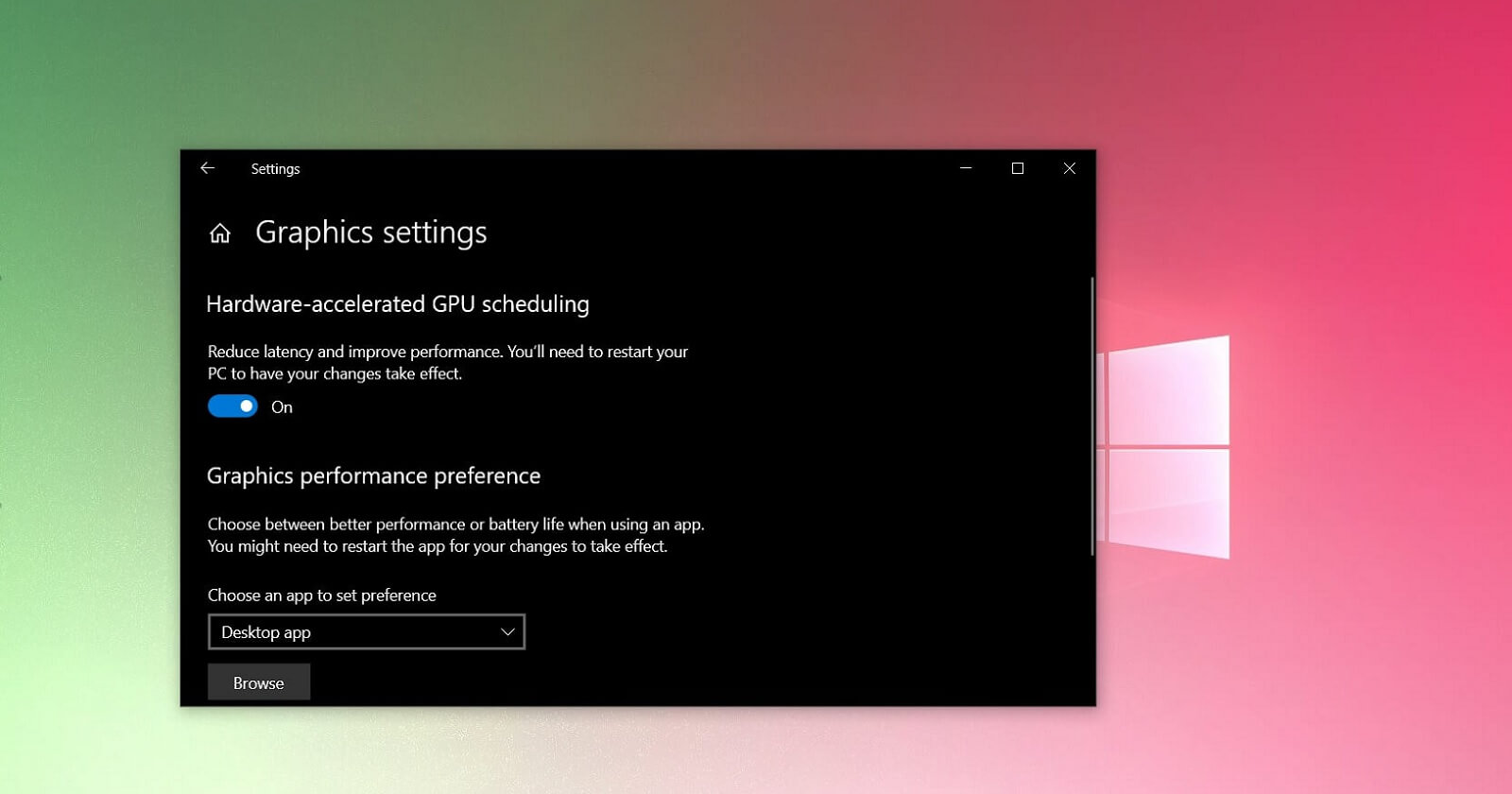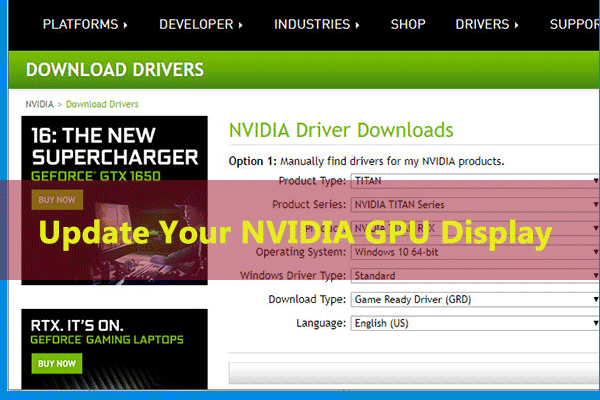

A restart of the system may be required to complete the operation.įor most Windows 11 installations, running the downloaded driver executable from one of the manufacturer's websites should be sufficient to update the video card driver. Windows 11 will install the selected graphics card driver automatically at this point.The second option may be useful if the driver is already recognized by Windows, but not yet installed.
 Pick the first option if you have downloaded a driver and want it installed on the device. The second option prompts for a location that Windows 11 should scan for updated drivers, or may be used to display a list of available drivers. The first option is automatic and does not require further user interact. Browse my computer for drivers - this gives users the option to select a driver manually. Search automatically for drivers - this searches for the "best available driver" on the computer to install it. Right-click on the display adapter and select "update driver. Select Device Manager from the context menu. Use Windows-X to display the administrative menu. Once testing is complete Intel advises reinstalling the OEM driver until they validate it and release their own version.The Device Manager does not only list the available hardware devices, such as the installed video card, but may also be used to update drivers. The only caveat is that the restriction lift is only available for computers using the 6th Generation Intel Processor platform or higher.Īlthough this new approach will give users more freedom to upgrade drivers as soon as new updates become available, Intel warns that using generic graphics drivers are meant for testing purposes only “to temporarily test new features, game enhancements, or check if an issue is resolved.
Pick the first option if you have downloaded a driver and want it installed on the device. The second option prompts for a location that Windows 11 should scan for updated drivers, or may be used to display a list of available drivers. The first option is automatic and does not require further user interact. Browse my computer for drivers - this gives users the option to select a driver manually. Search automatically for drivers - this searches for the "best available driver" on the computer to install it. Right-click on the display adapter and select "update driver. Select Device Manager from the context menu. Use Windows-X to display the administrative menu. Once testing is complete Intel advises reinstalling the OEM driver until they validate it and release their own version.The Device Manager does not only list the available hardware devices, such as the installed video card, but may also be used to update drivers. The only caveat is that the restriction lift is only available for computers using the 6th Generation Intel Processor platform or higher.Īlthough this new approach will give users more freedom to upgrade drivers as soon as new updates become available, Intel warns that using generic graphics drivers are meant for testing purposes only “to temporarily test new features, game enhancements, or check if an issue is resolved. 
“As of this release, Intel Graphics DCH drivers are now unlocked to upgrade freely between Computer Manufacturer (OEM) drivers and the Intel generic graphics drivers on Download Center.” Intel also explains: “your OEM customizations remain intact with each upgrade and the OEMs can maintain customizations separately via Windows Update.” In other words, if you’re using a laptop or desktop from a known brand, you can now upgrade the driver to a newer version with new enhancements, features, and fixes without the manufacturer validation. However, Intel now reveals that is has change its driver distribution policy allowing anyone to install generic GPU drivers on Windows 10 without having to wait until the next release of a customized version of the controller.







 0 kommentar(er)
0 kommentar(er)
